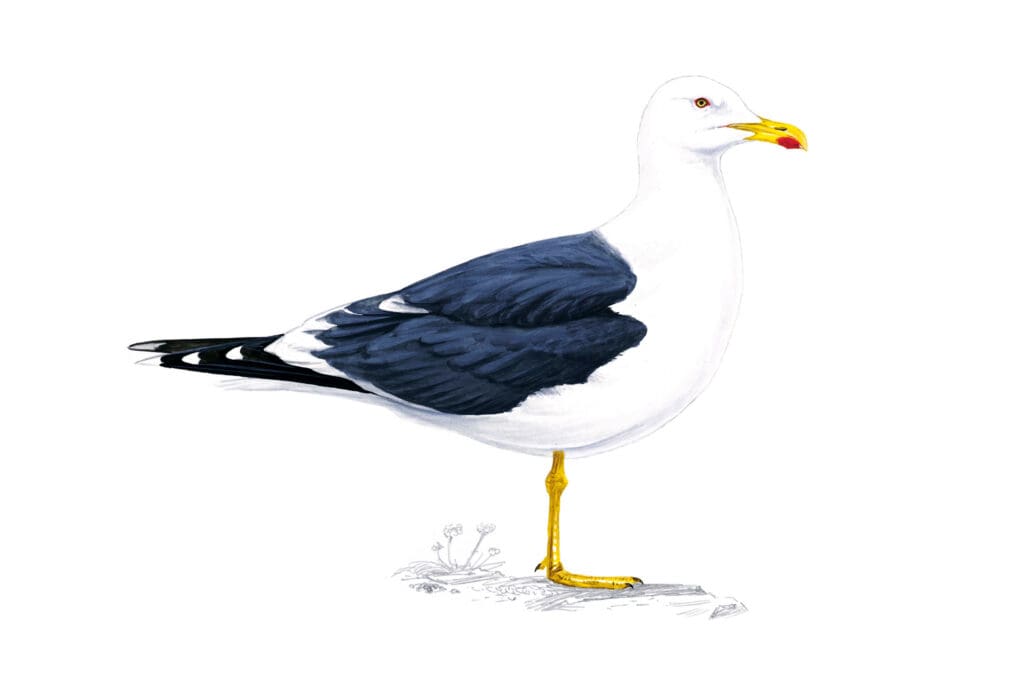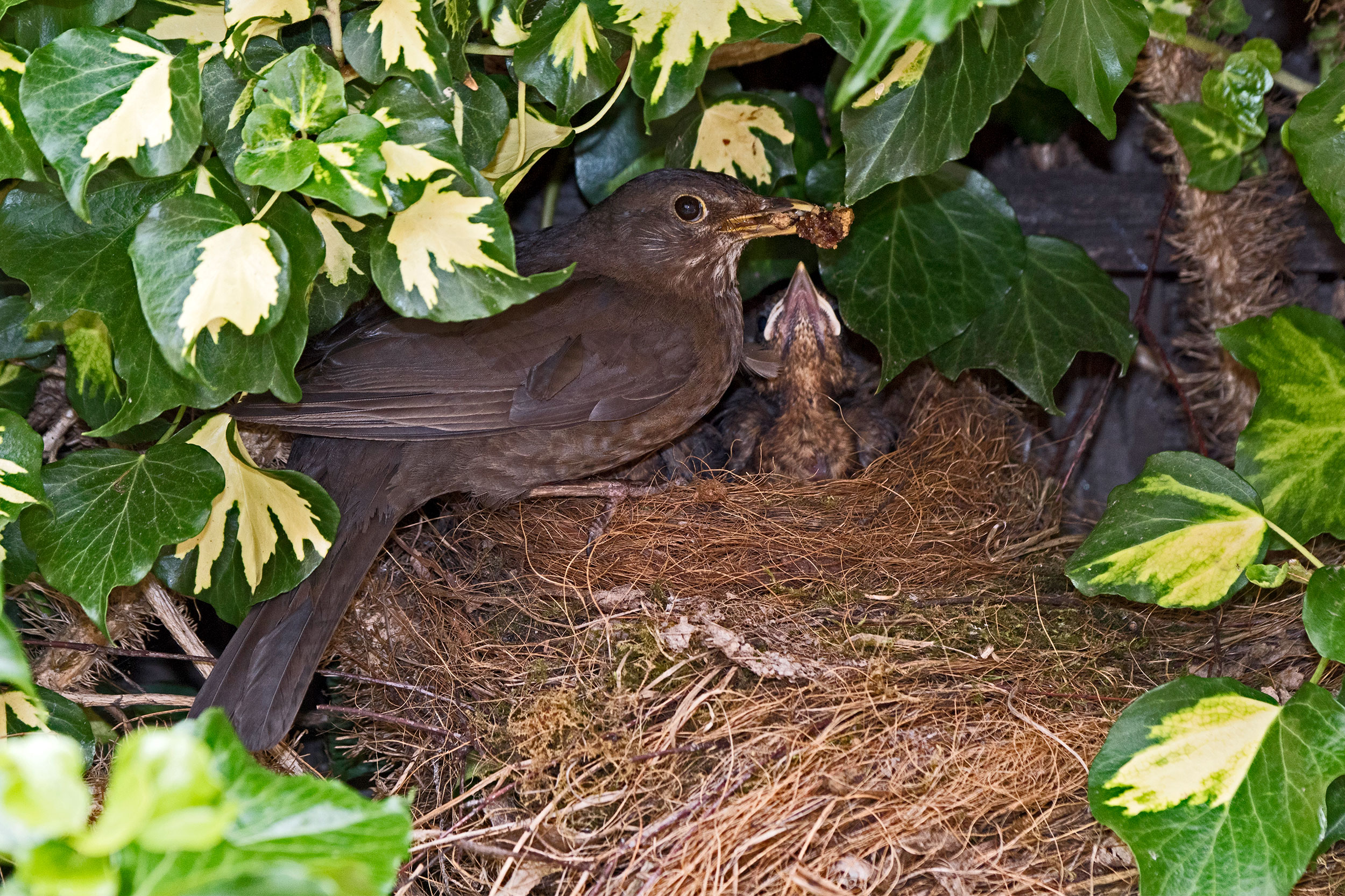
Blackbird. Photo: David Tipling (rspb-images.com)
A large nest often found low down in trees, hedges, shrubs and creepers. The female weaves thin twigs, roots and plant stems together, before lining with mud and plant material and finally dry grasses.
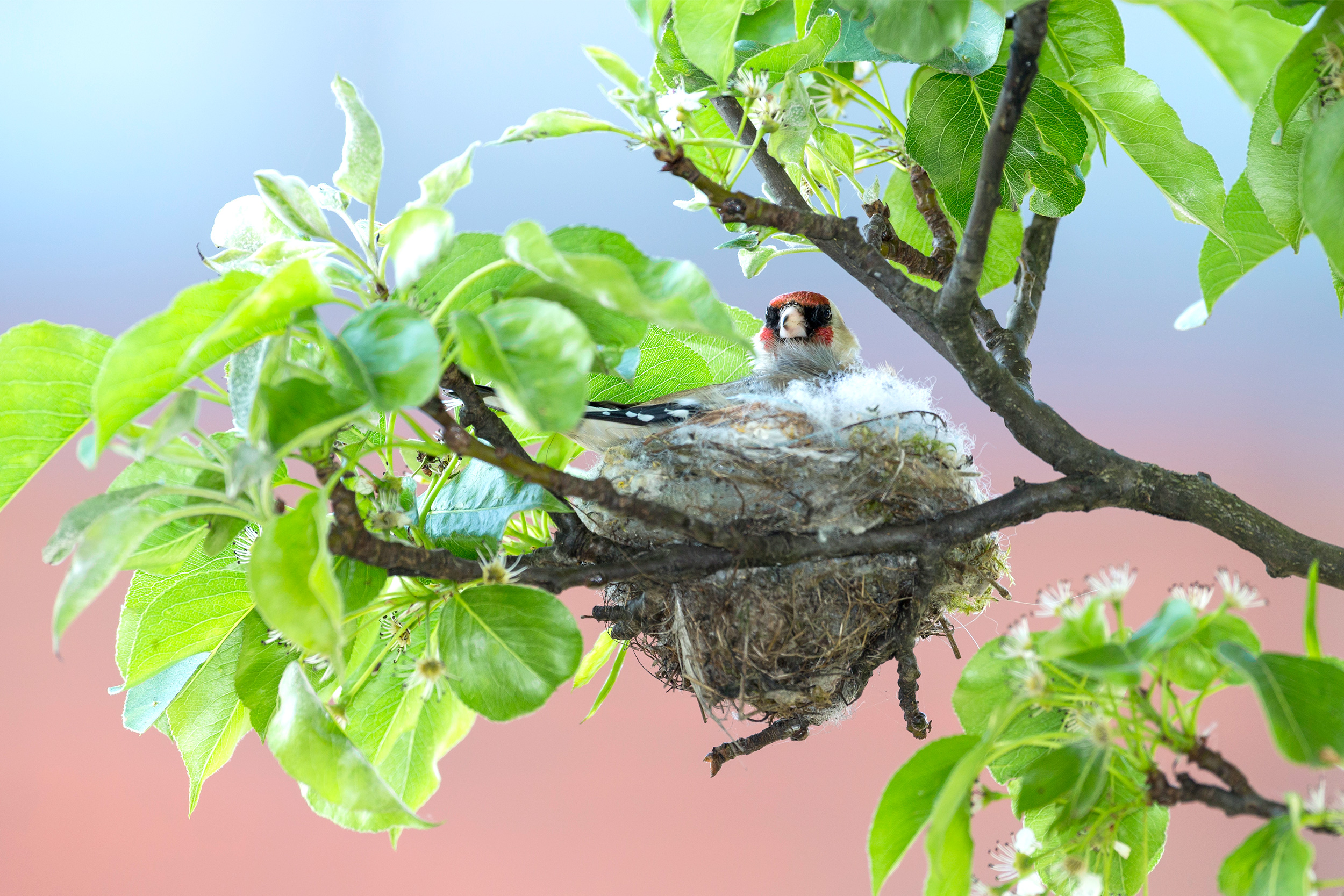
Goldfinch. Oliver Smart (rspb-images.com)
Typically found high up in the forks of outer branches. The nest is built mostly by the female and is a neat, deep cup built from grass, roots, lichens and mosses, lined with plant down, wool, hair and feathers.
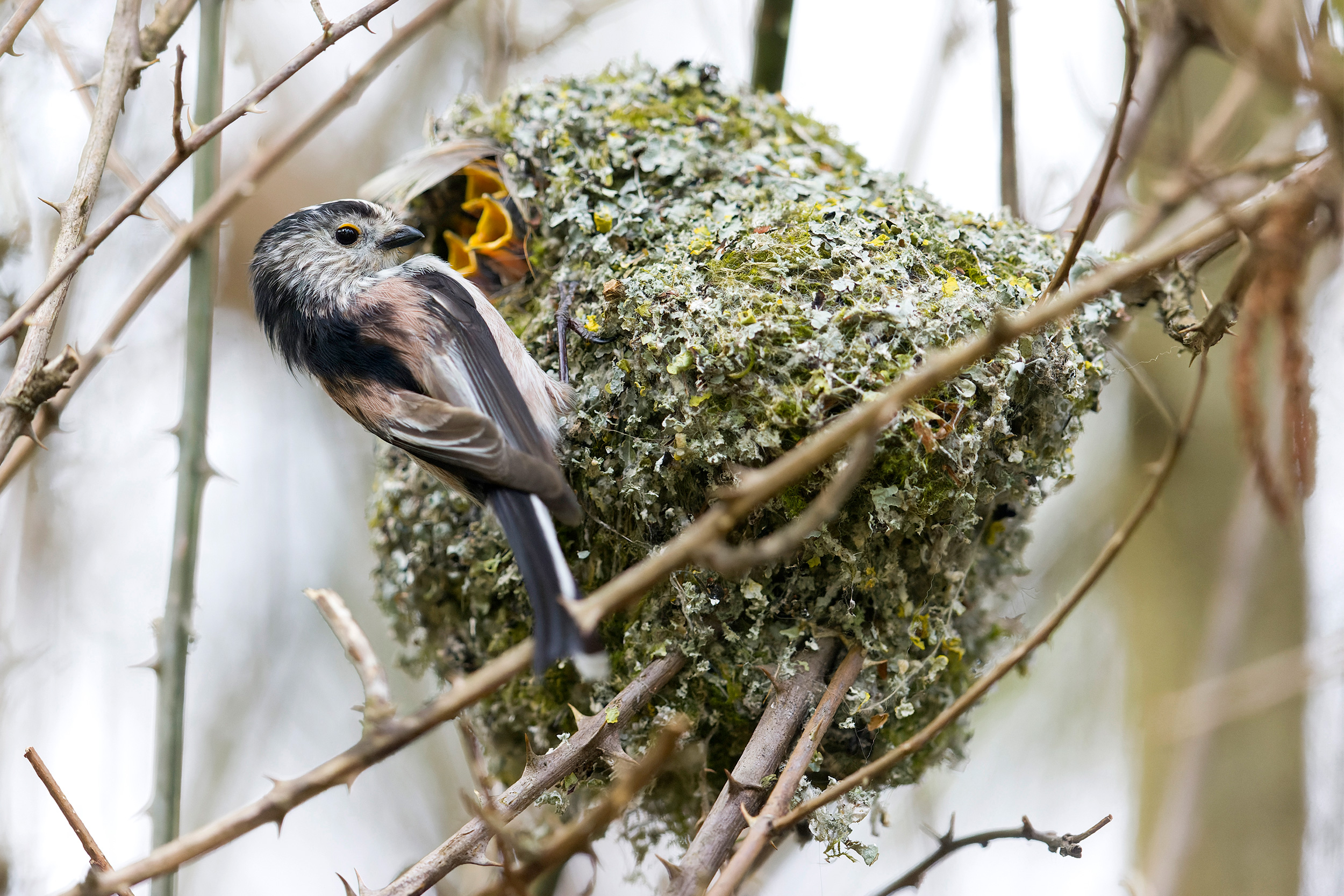
Long-tailed Tit nest. Photo: Paul Sawer (rspb-images.com)
Found in trees and dense vegetation. A pair spend up to three weeks creating an elongated nest from moss, spider-webs and hair. The outside is covered with lichen, the inside is lined with feathers.
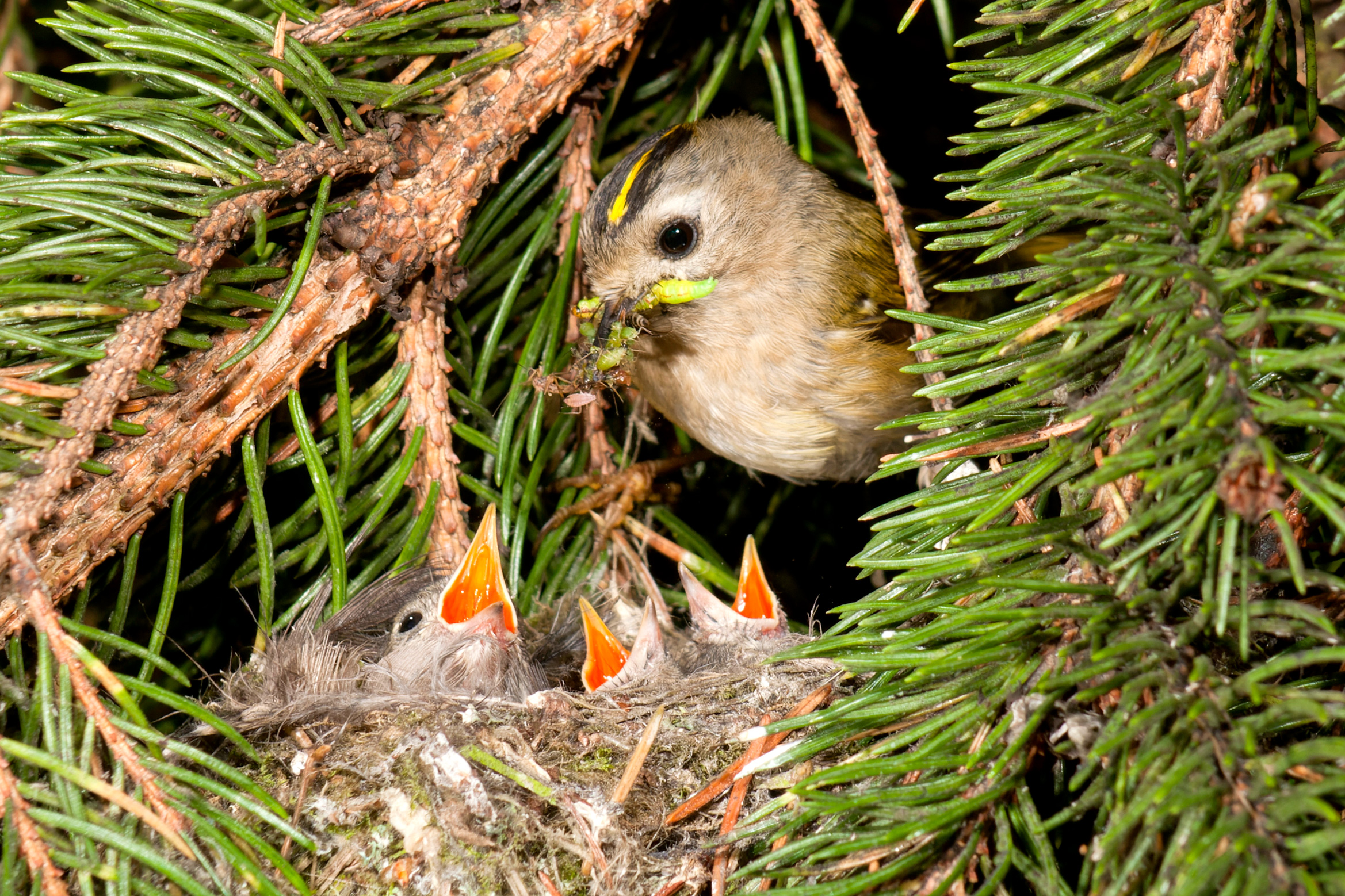
Goldcrest. Photo: Paul Sawer (rspb-images)
This species favours conifer trees, where nests are often found suspended in a fork of twigs. Their tiny nest cups are lined with feathers and built by both parents using lichens, moss and spider-webs.
You might also like
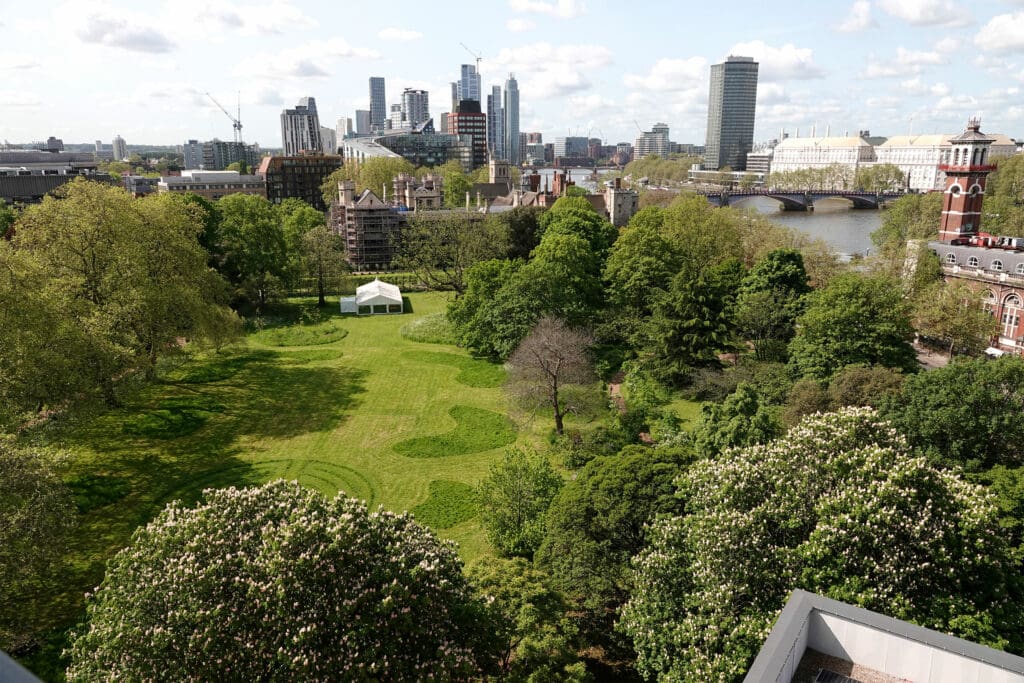
The spiritual side of nature
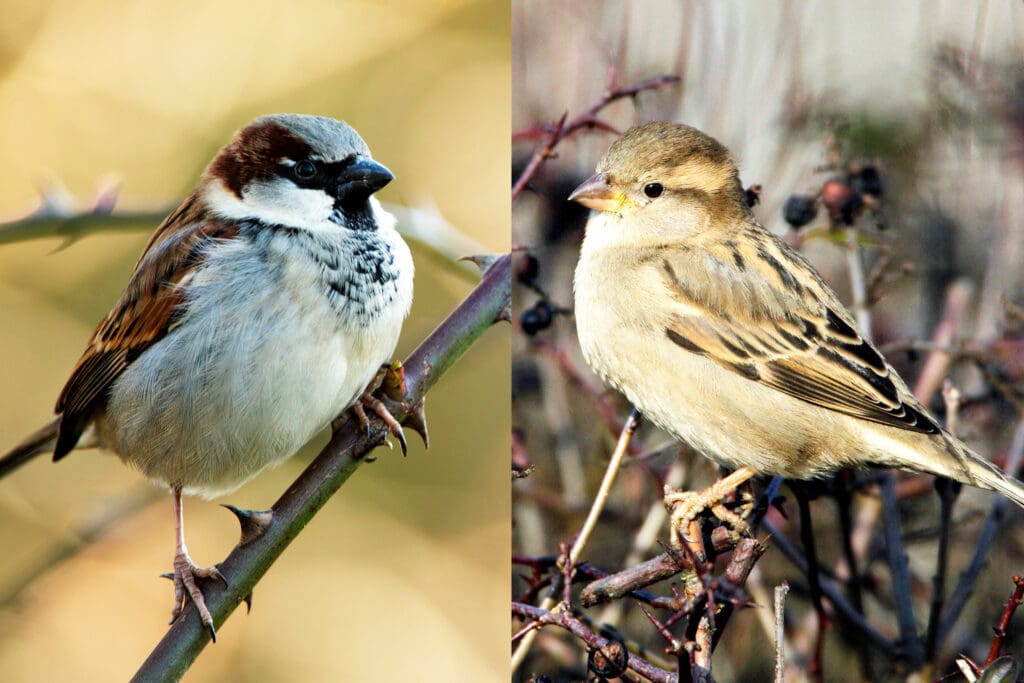
Big Garden Birdwatch results 2024
